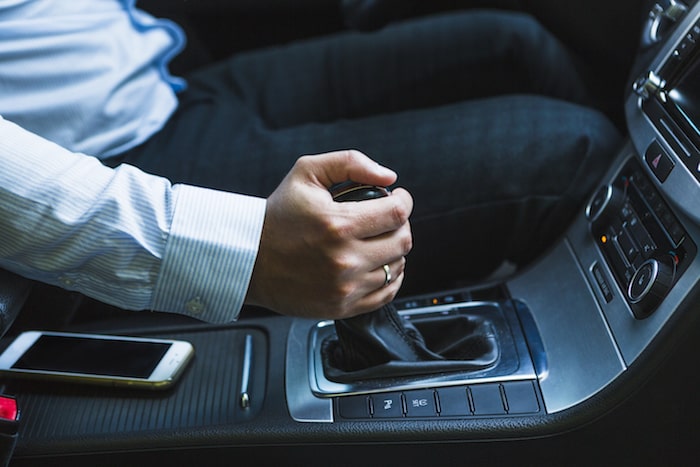Here is a used car question. Is your loan worth more than the value of your used car? If yes, then it is time to talk about GAP insurance. This stands for guaranteed asset protection insurance. Typically, the asset here is the vehicle. This coverage protects the car owner in the event of an accident when the totaled vehicle is worth less than the loan payoff amount. If that seems confusing, we will explain. Say you just bought the used car of your dreams (or budget). That vehicle, the minute it leaves the car dealership, loses value. The amount of loss is dependent on the year, and type of vehicle. The next part gets a little tricky, let’s talk about it.
It’s About The Money
Determining whether you need GAP insurance, is largely dependent on how much money you put down on your vehicle. If you paid for it all at once, GAP insurance is not part of the conversation for you. Congratulations on paying off your vehicle instantly. You do not need GAP insurance because there is no loan involved. There is nothing to pay back. In the unfortunate situation of you getting into an accident, you will at least get back the value of the vehicle, because you were paid in full. If you put down more than 20% of the purchase price upfront, you will also not likely require GAP insurance. You have a loan, but the value of the car (even when totaled) will likely exceed the balance of the loan with a hefty down payment. If you have a lengthy loan on a used car and didn’t put down a large down payment, you absolutely need GAP insurance. If this is still a bit confusing, we can break it down more.
Do You Have A Bank Involved?
For example, you bought a used vehicle valued at $15,000 at the dealership. When you leave the dealership, that value drops (unless you bought a collector car). There are some vehicles that hold their value more than others. A higher-priced European sports car might hold more value than an American sedan. Or vice versa, depending on the vehicle. One thing can be sure, they will all lose value. Some, just more than others over the course of ownership. Expect a 10% a year value drop, minimum, when trying to calculate your depreciation. It is time we go back to the math.
Now let’s say you entered into a five-year loan on this vehicle, with nothing down. This means that with a minimum 10% depreciation, you would owe at least $1,500 to the bank, in the event that vehicle gets totaled in the first year. Second year numbers could be much higher depending on your vehicle and rates. This is why GAP insurance is so important. In the event your car is totaled, and you owe more than the vehicle is worth, you do not want to pay for that difference out of pocket. This is also why it is called GAP insurance; it covers the gap between what you owe on the loan and the value of the car.
As you can now see, GAP coverage is really only useful for used vehicles bought under a lengthy loan, with a small down payment. Otherwise, there is little need because under any other circumstance for a used car, the value should always be worth more than the loan. In the instance where you entered into a low-down payment, extended loan and didn’t want GAP insurance; you could pay down your loan monthly. This would allow you to catch up on paying down the loan and avoiding such a loss in value that would require you to pay the bank. Do not take the risk of assuming an accident won’t happen, they are never planned. If you can’t pay enough upfront, you would be wise to consider GAP coverage.

